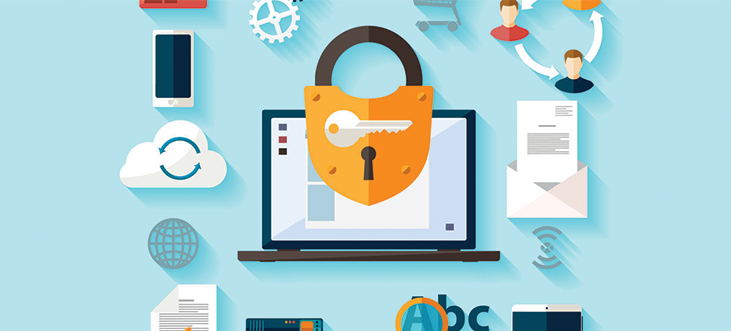In recent times, there has been a sudden spike in the number and sophistication of cyber attacks globally. Due to this, cybersecurity experts have adopted various new technologies to combat Trojans, Ransomware, and other types of Malware.
Infamous ransomware attacks like the GoldenEye and WannaCry have disrupted several organizations and forced many to down their shutters. In the wake of these sophisticated zero-day attacks and breaches, cybersecurity has taken the spotlight among organizations across the globe. Let us discuss the ever-changing cybersecurity landscape.

Ransomware Evolution
New variants. New tactics. Ransomware is still dominating the world of cybersecurity. Not only have we seen an increase in zero-day ransomware attacks on businesses demanding more money, but the level of sophistication in those attacks have also increased, as well.
We predict that in the years to come, there will be more attacks using new technologies, targets, and objectives. There will be a drastic rise in the availability of Ransomware-as-a-Service and Malware-as-a-Service on the dark web. It will allow anyone, no matter their technical knowledge, to easily and quickly deploy ransomware to extort money from businesses.
Nevertheless, owing to the extent of damages caused by ransomware attacks in the past, now there is a much greater awareness about the ransomware among organizations of all types. This will serve as a motivation for hackers to up their game by staging new and more sophisticated attacks in the future.
Use of Artificial Intelligence in Cybersecurity will Increase
Computers with built-in AI tools might be able to help defend against incoming zero-day attacks in the future. It could benefit organizations in many different ways. First of all, machines don’t require wages, healthcare, etc., and they don’t take breaks.
Timing is everything in the world of cybersecurity. For instance, AI-based tools can fight a virus as it was downloading which is a huge plus regarding cybersecurity.
Since AI based computers work round the clock, they can protect against malware the moment it begins to invade.
IoT (Internet of Things) Threats Will Increase
Internet-connected IoT devices will become a part of our lives both inside and outside the workplace. According to Gartner, approximately 20 billion Internet-connected IoT devices will be online by the year 2020.
This is only the beginning, though.
With several devices such as intelligent homes, intelligent healthcare and so on making use of IoT technology, there will be more personal information and business data in the cloud. A single vulnerability in those devices could provide hackers with many doorways to invade the network. The problem with IoT is all of that interconnectedness makes users highly susceptible to cyber attacks.
Cybersecurity experts should be more attuned to face those challenges by integrating password requirements, user verification, two-factor authentication, etc.
In the long run, it’s obvious that cyber attacks will be much more advanced and sophisticated. However, with new technologies such as AI and machine learning, organizations can have a better chance of fighting those cyber attacks.
If you are in search of a credible security software solution that offers protection against Zero-day attacks, we recommend Comodo SecureBox which is a security software solution that uses a unique approach to protect your application from hackers. Instead of securing each user’s device and OS which is an impossible task, Comodo’s SecureBox protects the application itself, i.e., it runs every user sessions inside non-modifiable containers that treat all other active computing processes as hostile. SecureBox keeps your application isolated and safe even on malware-infected endpoints.